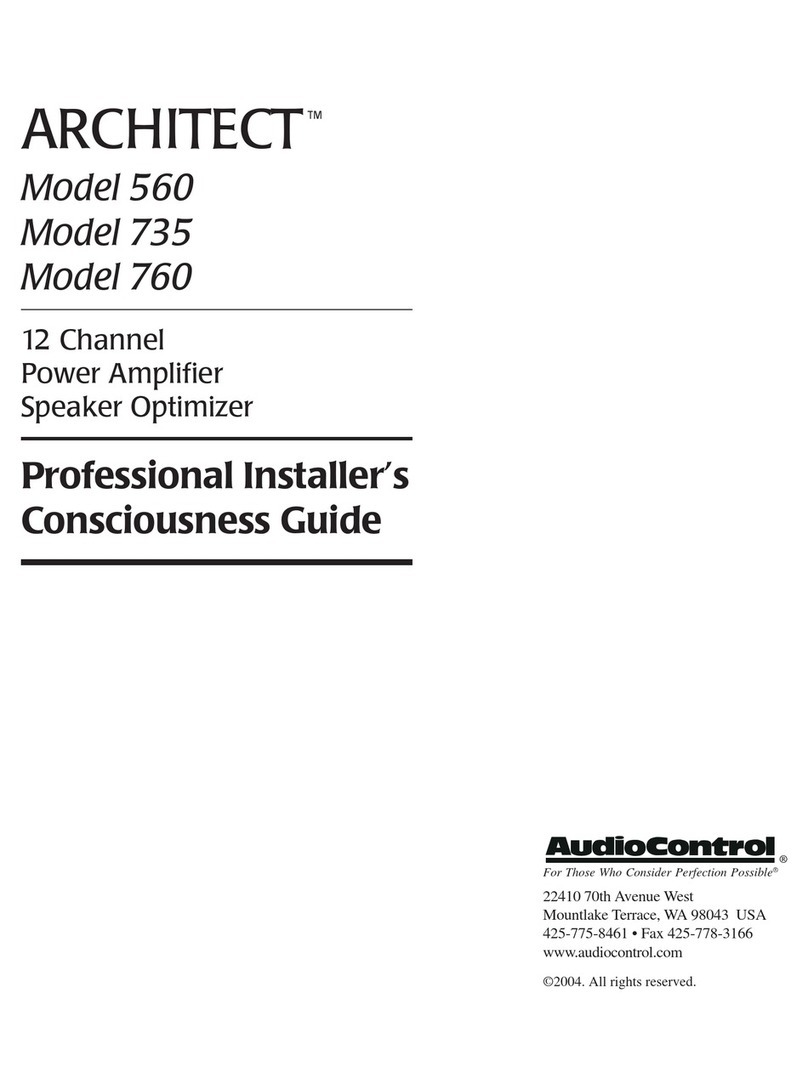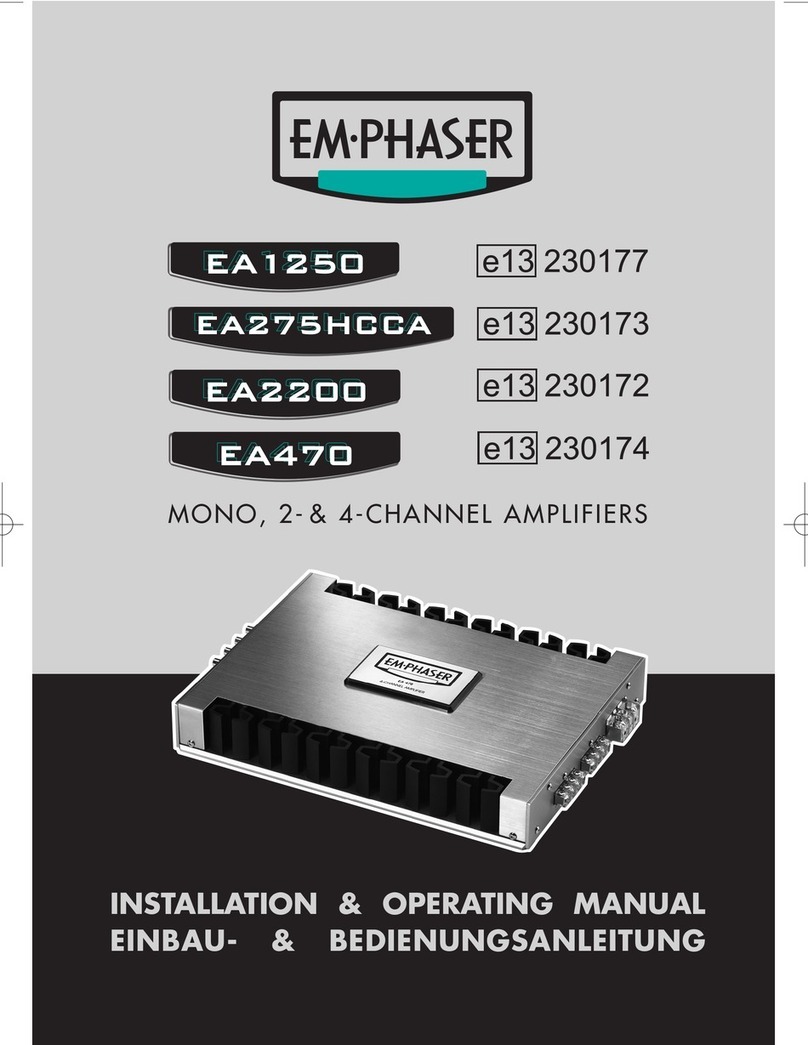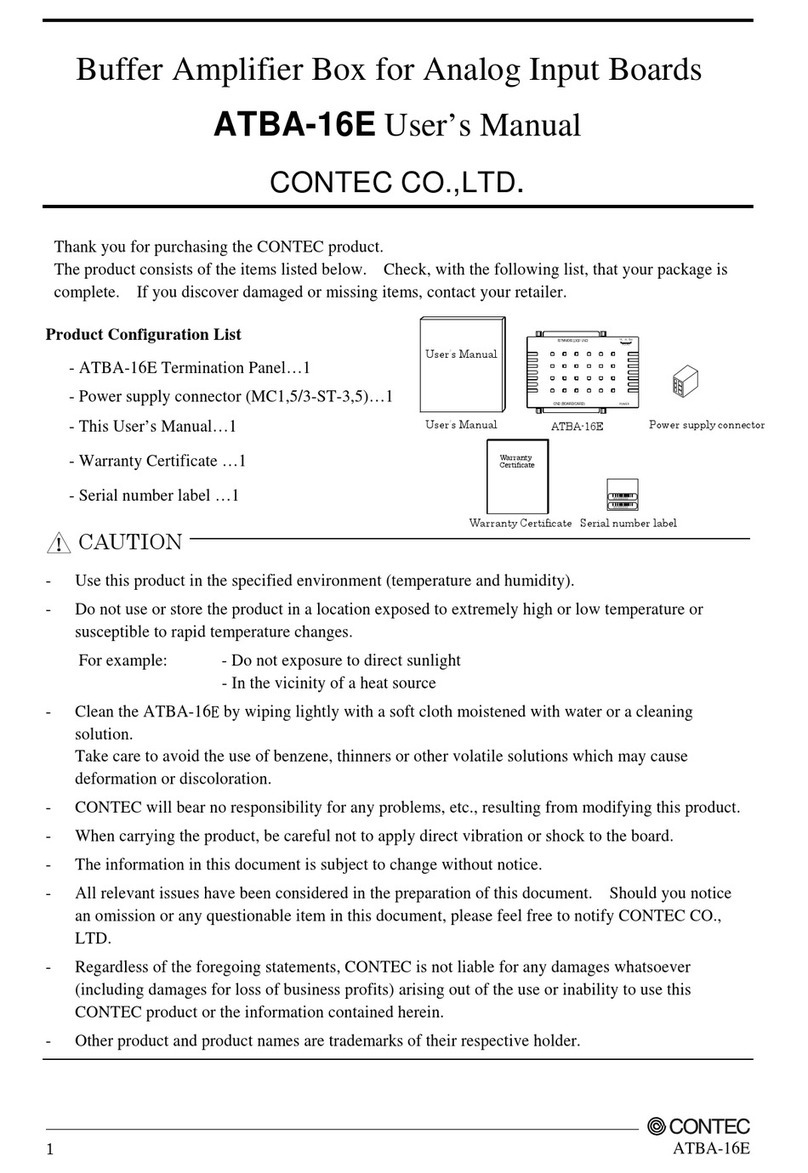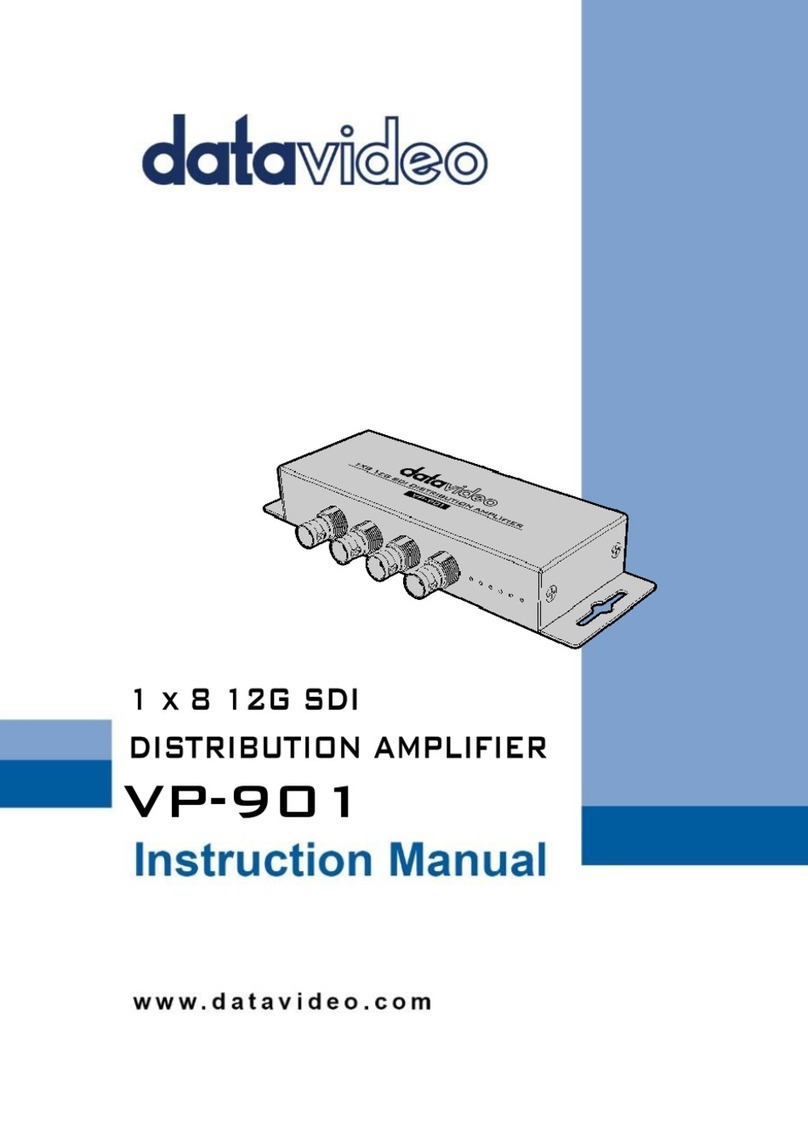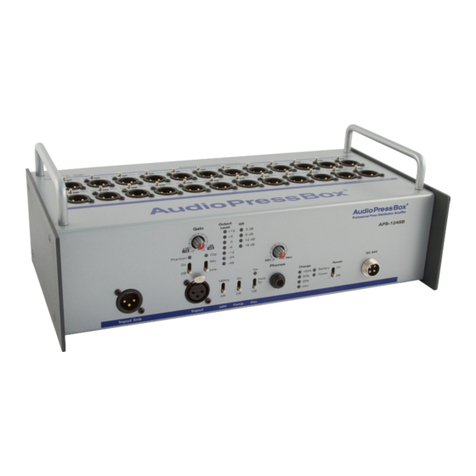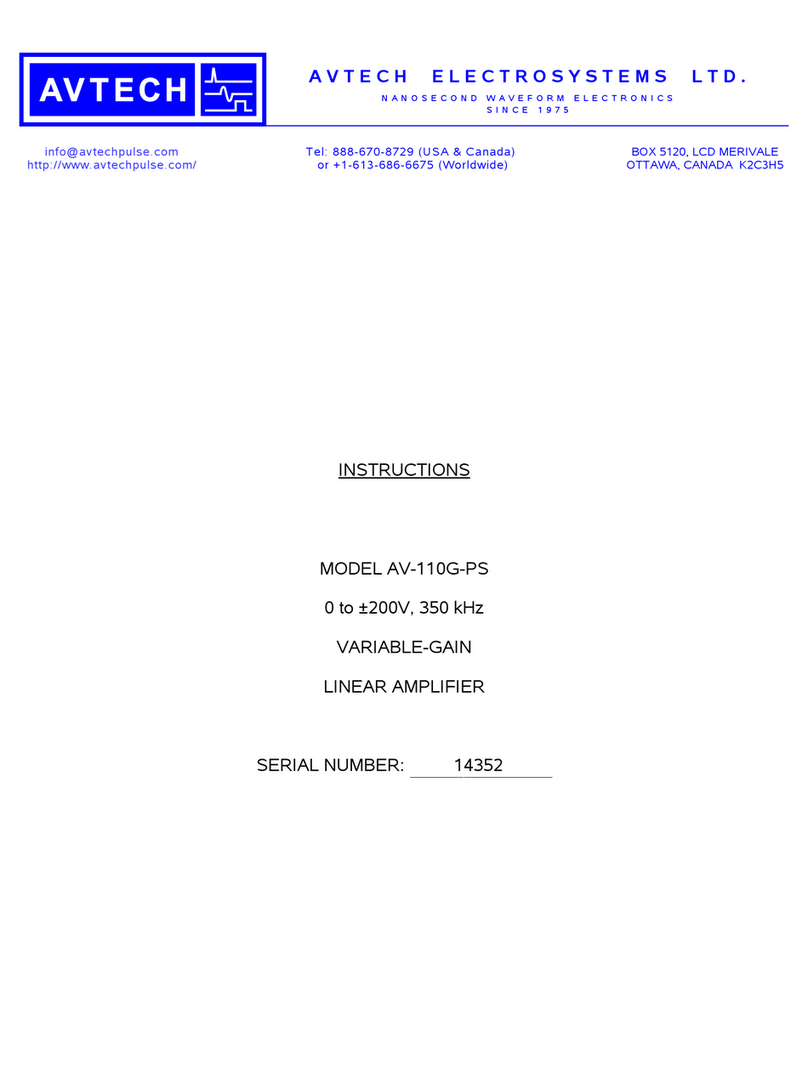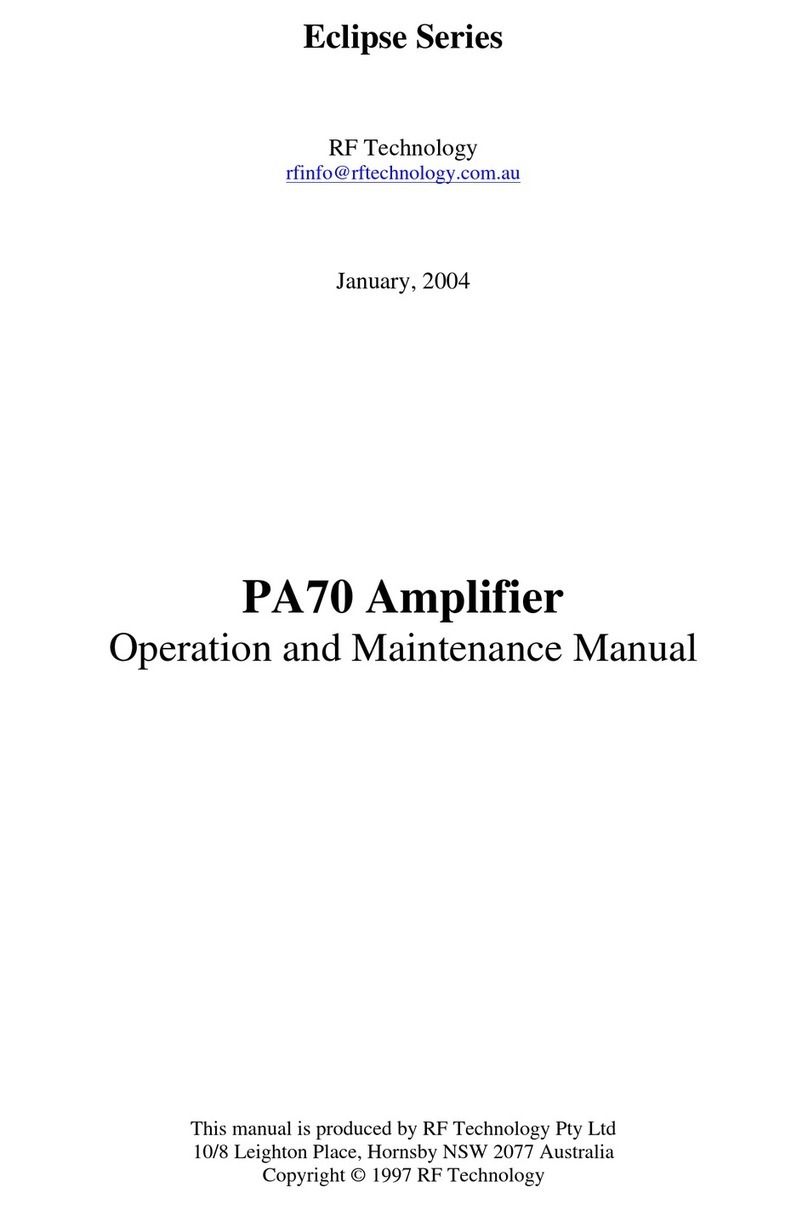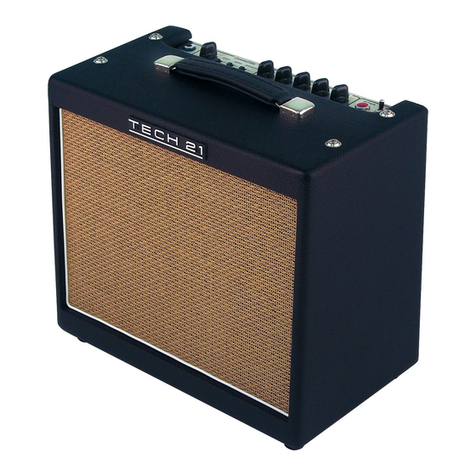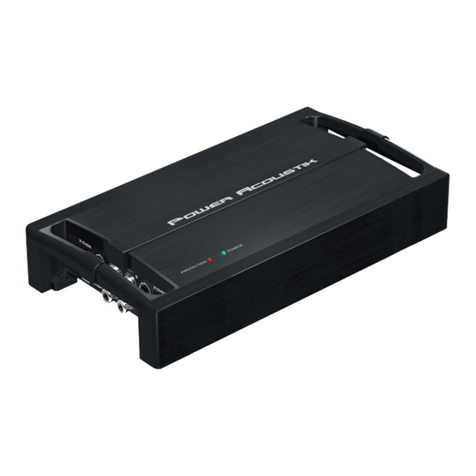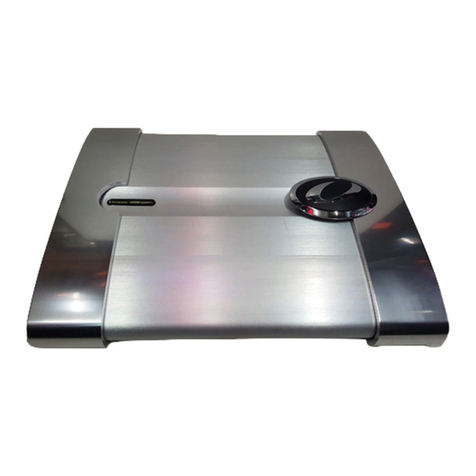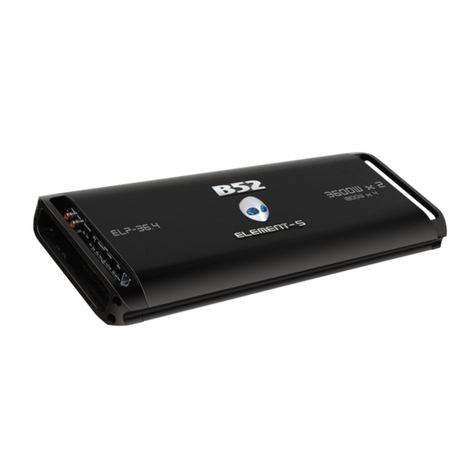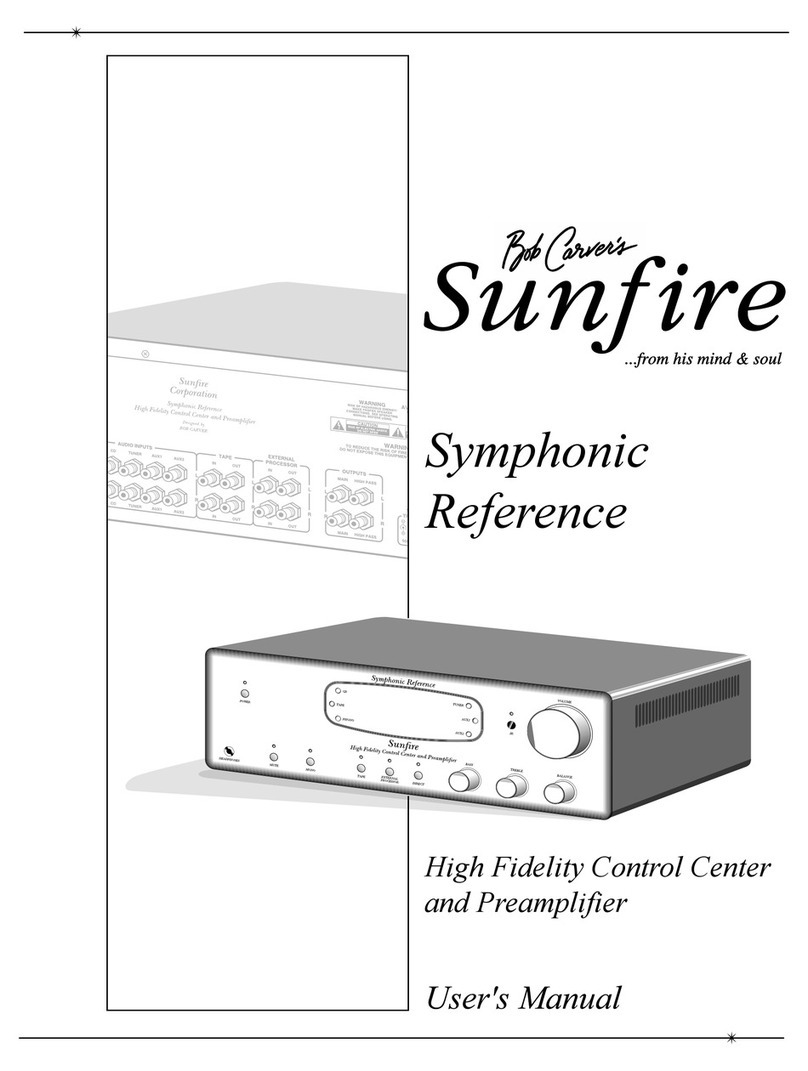
TX1500 Manual V3.5 Dec 07 Page 4 of 40 TX1500 MATRIX
OVERVIEW
The TX1500 is a video matrix and telemetry control system offering control of up to 96 cameras from 4 control
positions. Eight monitor outputs are provided with monitors 1,2,3 & 4 having on screen display.
BBV & VISTA up-the-coax and BBV 485 & VISTA 485 linked receivers and domes can be controlled
when viewed on any monitor. Pelco and VCL up-the-coax control is limited to monitors 1-4.
Site alarms and contacts are handled with alarm cards, each providing 16 inputs. Up to 6 alarm cards can be
linked into the TX1500 system either locally or remotely offering 96 alarm inputs
The TX1500/BBUS-IF interface, which appears as another keyboard, gives off-site control, via video/data
transmission equipment, and local control from PC and other equipment. The interface can be controlled
using either the TX1000 or TX1500 control protocol via either RS232 or RS422/485.
The TX1500 matrix communicates with all keyboards, alarm cards and BBUS-IF interfaces via a polled 4-wire
multidrop RS422 control bus named BBUS.
The matrix itself is in a subrack which can be fitted to a 19” rack using supplied ‘ears’ that can be mounted on
the front or rear face of the subrack. By fitting the ears on the back of the subrack, it can also be wall
mounted.
Alarm cards, BBUS-IF and StarCards are supplied in 1U sub racks as standard or can be fitted into the
subrack with the matrix if specified when ordering.
Larger subracks than standard can be supplied if specified when ordering.
PRODUCT CODES
TX1500/16/8 16 camera, 8 monitor matrix inc keyboard (supplied in 3U subrack)
TX1500/32/8 32 camera, 8 monitor matrix inc keyboard (supplied in 3U subrack)
TX1500/48/8 48 camera, 8 monitor matrix inc keyboard (supplied in 5U subrack)
TX1500/64/8 64 camera, 8 monitor matrix inc keyboard (supplied in 5U subrack)
TX1500/80/8 80 camera, 8 monitor matrix inc keyboard (supplied in 7U subrack)
TX1500/96/8 96 camera, 8 monitor matrix inc keyboard (supplied in 7U subrack)
TX1500/KBD keyboard with 3-axis joystick
TX1500/AL16 16 input alarm card, volts free normally closed inputs
TX1500/BBUS-IF BBUS Interface to allow control from a PC or other 3rd party equipment
STARCARD StarCard with 8 x RS422/485 outputs to allow star wired telemetry
STARCARD/CONVERTER As STARCARD with built in protocol conversion to allow control of domes
etc.
EXPANDING AN EXISTING SYSTEM on site (maximum of 96 camera inputs)
Camera Inputs Number of video input cards Minimum subrack Size
32 2 3U
48 3 5U
64 4 5U
80 5 7U
96 6 7U
Larger subracks can be ordered with the product code shown below. All the cards from the existing subrack
must be transferred to the new subrack. Note all the external connections to aid re-commissioning the system.
PRODUCT CODES
TX1500/EXP16(17-32) 16 video input card to expand from a 16 camera to 32 camera system
TX1500/EXP16(33-48) 16 video input card to expand from a 32 camera to 48 camera system
TX1500/EXP16(49-64) 16 video input card to expand from a 48 camera to 64 camera system
TX1500/EXP16(65-80) 16 video input card to expand from a 64 camera to 80 camera system
TX1500/EXP16(81-96) 16 video input card to expand from a 80 camera to 96 camera system
3U TX1500/3U-SUBRACK
5U TX1500/5U-SUBRACK
7U TX1500/7U-SUBRACK





















